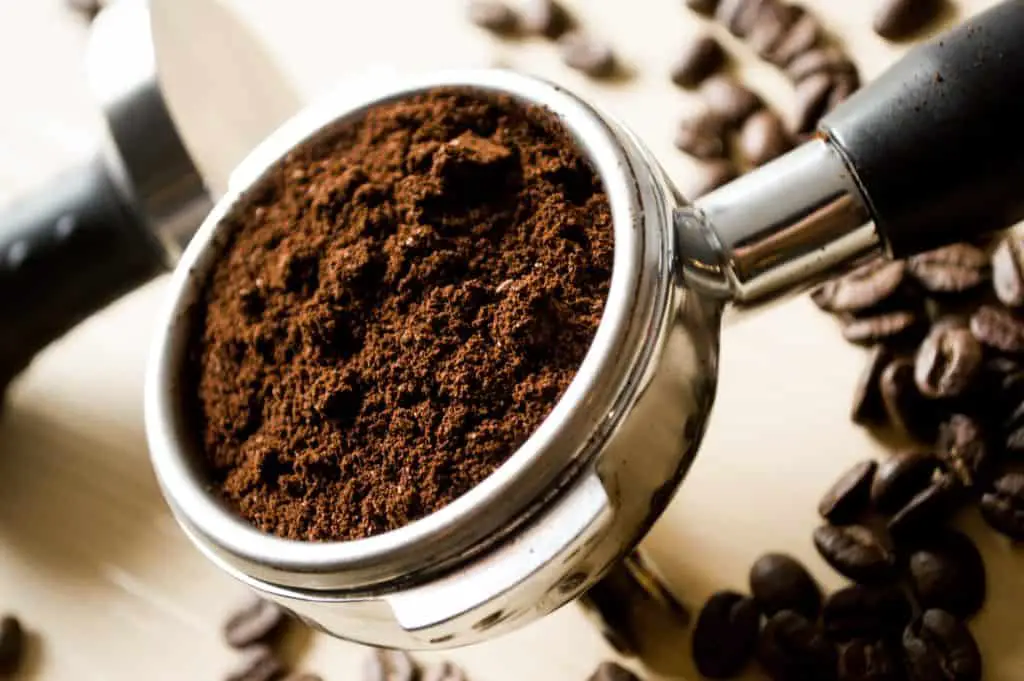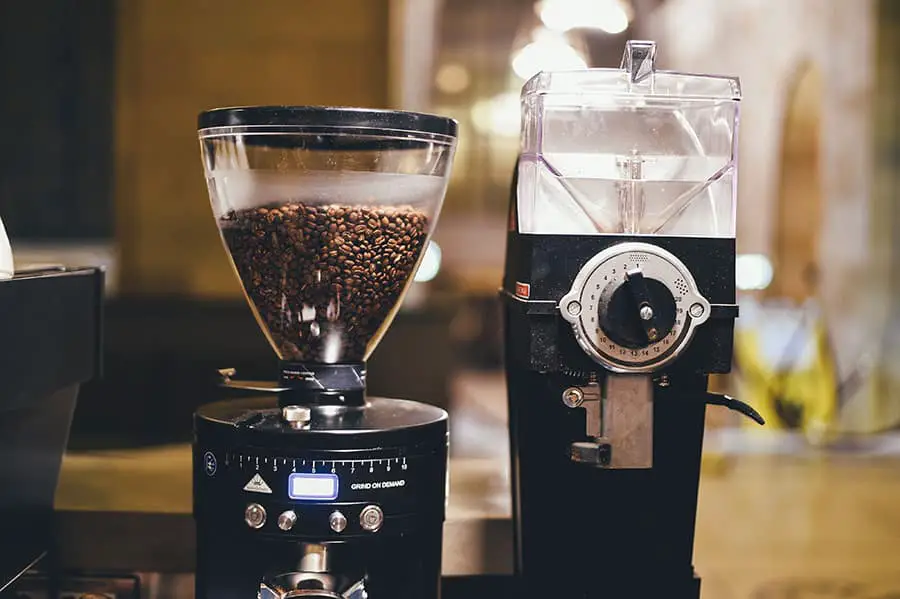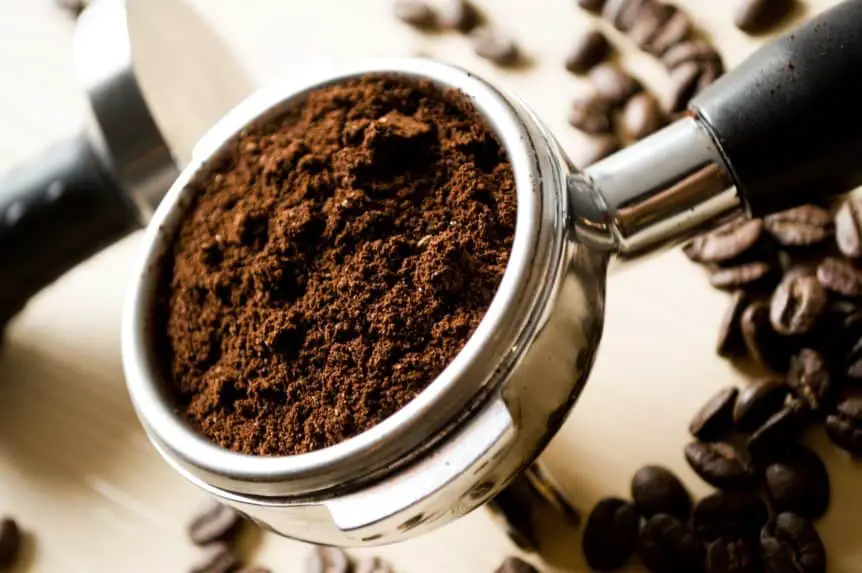
When it comes to brewing coffee, grind size isn’t just a detail—it’s the make-or-break factor. Get it wrong, and even the fanciest beans turn into a sour slog or a bitter mess. Get it right, and you’re sipping a cup that’s smooth, flavorful, and worth waking up for. Whether you’re using an Aeropress, pulling espresso shots, or steeping a French press, this coffee grind size chart is your first step to nailing it. I’ve spent way too many mornings tweaking grinds to know what works, and I’m spilling it all here.
Wondering what grind size fits your V60? Or why your Moka pot coffee tastes off? Maybe you’re just curious about the best grinder for the job. We’ve got answers. Below, you’ll find everything you need to grind coffee like a pro for your favorite brewing method—plus a chart to keep it simple.
Why Grind Size Matters

Grind size controls how water pulls flavor from coffee. Too fine, and water lingers, over-extracting bitter compounds. Too coarse, and it rushes through, leaving a weak, sour brew. Each method—espresso’s quick blast, French press’s slow soak—needs a grind that matches its vibe. Think of it like cooking: chop veggies too big or small, and the dish flops. Coffee’s the same. Let’s break it down with a chart and dive into the details.
Coffee Grind Size Chart for Every Brewing Method
Here’s your go-to guide for grind sizes by brewing method. It’s not rocket science, but it’s the backbone of a great cup.
| Brewing Method | Coffee Grind Size |
|---|---|
| Aeropress | Medium |
| French Press | Coarse |
| Moka Pot | Fine |
| Chemex | Medium Coarse |
| V60 | Medium Fine |
| Clever Dripper | Medium |
| Kalita Wave | Medium Fine |
| Siphon | Medium |
| Regular Drip | Medium |
| Espresso | Fine |
| Turkish Coffee | Extra Fine |
Grinding for Your Brew: Method by Method
Aeropress – Medium Grind
The Aeropress is your quick-fix hero—portable, forgiving, and fast. A medium grind, like beach sand, gives just enough push-back when you press. It pulls out sweet, balanced flavors without tipping into bitterness. I love how tweakable it is—go finer and cut brew time to 20 seconds for a punchier cup, or stick to 30 seconds with medium for a smooth ride.
French Press – Coarse Grind
French press is tricky but oh-so-worth-it when you get it right. A coarse grind—like sea salt—lets water soak the grounds slow and steady, avoiding that muddy, bitter sludge. Press too hard? Your grind’s too fine. Barely any resistance? Go finer next time. It’s a Goldilocks game, but coarse is your safe bet.
Moka Pot – Fine Grind
Moka pots aren’t espresso machines, but they play in the same sandbox. A fine grind—think table salt—builds pressure for a rich, caffeinated kick. If it’s too bitter, ease up to medium-fine. Every pot’s a little quirky, so tweak it ‘til it sings. Pro tip: don’t tamp like espresso—just level it off.
Chemex – Medium Coarse Grind
Chemex is pour-over royalty, and a medium-coarse grind (like rough sand) is its crown. Water lingers just long enough to brew a clean, bright cup before dripping through those thick filters. Too coarse, and it’s watery; too fine, and it’s overdone. Aim for that sweet spot—it’s worth the fuss.
V60 – Medium Fine Grind
The V60’s long brew time demands a medium-fine grind—finer than Chemex, coarser than espresso. It’s like fine sand you can still feel. Thin coffee? Grind finer. Too strong? Coarsen up. It’s a fiddly one, but once you lock it in, the clarity’s unreal.
Clever Dripper – Medium Grind
The Clever Dripper’s a hybrid—part pour-over, part immersion. A medium grind keeps it balanced, extracting flavor without overdoing it. It’s forgiving, so you won’t sweat small mistakes—just don’t go too fine, or it’ll clog.
Kalita Wave – Medium Fine Grind
Kalita Wave’s flat bottom evens out the pour-over game. A medium-fine grind works magic here, draining fast but not too fast. You’ll get a smooth, rounded cup without the bitterness risk of cone filters. Tinker if it’s off, but this is your starting line.
Siphon – Medium Grind
Siphon brewing’s a show—vapor, bubbles, the whole deal. A medium grind (beach sand vibes) lets the aromatics bloom without clogging the filter. It’s a balancing act—too fine over-extracts, too coarse under-delivers. Medium’s your safest bet to start.
Regular Drip Coffee – Medium Grind
Drip coffee’s the daily driver, and medium grind fits most machines. Flat-bottom filters? Stick medium. Cone-shaped? You can edge toward medium-fine. It’s simple but effective—adjust if your brew’s off after a test run.
Espresso – Fine Grind
Espresso’s all about pressure, and a fine grind—like table salt—makes it happen. It packs tight, forcing water through fast for that creamy, intense shot. Watery? Go finer. Clogged? Ease up a touch. Check my espresso post [link] for more tricks.
Turkish Coffee – Extra Fine Grind
Turkish coffee’s a flavor bomb, and an extra-fine grind (flour-like) is non-negotiable. It maxes out aroma and body—stick to arabica to avoid a caffeine overload. My Turkish brewing guide walks you through it step-by-step.
How Grind Size Shapes Your Coffee’s Taste
Brewing’s an extraction dance—flavors, oils, and caffeine move from bean to water. Grind size sets the pace. Too fine, and water overstays, pulling bitter notes. Too coarse, and it skips out early, leaving sour, flat coffee. Match the grind to the method’s brew time—quick like espresso needs fine, slow like French press needs coarse—and you’ll hit the sweet spot every time.
Common Grind Sizes Explained
- Extra Coarse: Peppercorn-sized, perfect for cold brew’s long steep.
- Coarse: Sea salt texture, French press’s best friend.
- Medium Coarse: Rough sand, ideal for Chemex or Clever Dripper.
- Medium: Beach sand feel, drip coffee and siphon’s go-to.
- Fine: Table salt vibes, espresso and Moka pot territory.
- Extra Fine: Flour consistency, Turkish coffee’s secret weapon.
Why a Burr Grinder Wins
Blade grinders chop unevenly—some chunks, some dust. Burr grinders crush consistently, giving every particle the same shot at shining. It’s a game-changer for any method. My burr vs. blade post [link] dives deeper—trust me, it’s worth the upgrade.
Final Thoughts: Grind Your Way to Greatness
Grind size isn’t a one-size-fits-all deal—it’s your key to unlocking each method’s potential. Play around, test your setup, and find what clicks. A coarse French press or fine espresso can turn good beans into a great morning. Got a grind tip that works for you? Drop it in the comments—I’m all ears. For more brewing hacks, check out my posts on Craft Coffee Guru.

